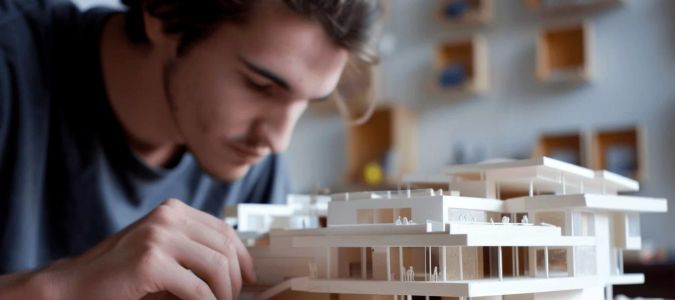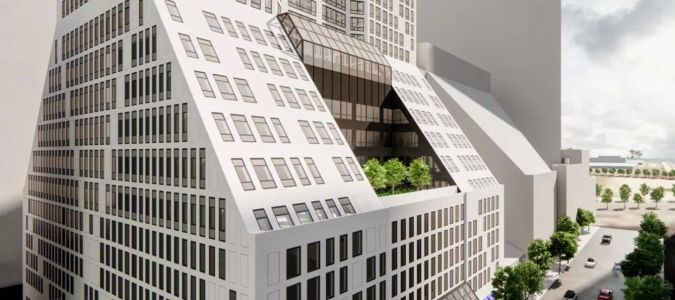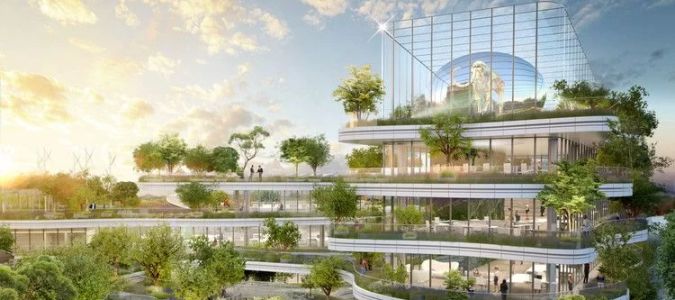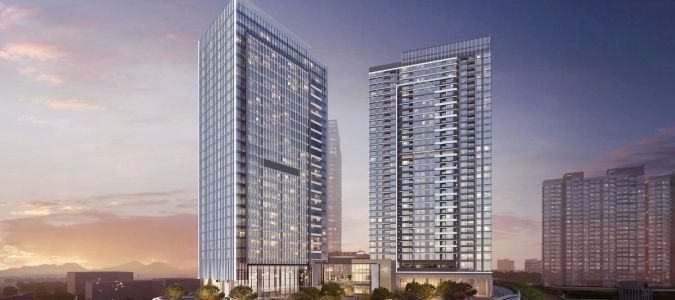The Value of Integrating Architecture with Landscape Design for Optimal Harmony
When it comes to creating exceptional spaces, the integration of architecture and landscape design plays a crucial role. The combination of these two disciplines can transform a functional space into a cohesive and aesthetically pleasing environment. Whether you’re designing a private residence, a commercial building, or a public space, blending architecture with landscape elements is key to achieving optimal harmony. In this article, we will explore the importance of integrating architecture with landscape design, the benefits it brings, and how you can approach this process to elevate your next project.
1. Understanding the Relationship Between Architecture and Landscape Design
Before we dive into the value of integration, it’s essential to understand the role both architecture and landscape design play. Architecture is primarily concerned with the design and structure of buildings and physical spaces. Landscape design, on the other hand, focuses on the outdoor environment, including the arrangement of plants, outdoor elements, and how the landscape complements the built structures.
When these two elements are integrated, they work in harmony to create spaces that not only meet functional needs but also provide an inviting atmosphere. For example, well-placed windows or patios in a building can offer beautiful views of carefully curated outdoor gardens, making the interior feel more expansive and connected to nature.
Tip: A successful integration of architecture and landscape design ensures that the surrounding environment enhances the architectural experience while maintaining ecological balance.
2. Enhancing Aesthetic Appeal and Visual Flow
One of the most significant benefits of combining architecture and landscape design is the enhancement of aesthetic appeal. Thoughtfully designed outdoor spaces complement and enhance the architectural design of a building. By creating a visual connection between indoor and outdoor environments, the space feels more unified and visually appealing.
Consider how iconic buildings like the Sydney Opera House or Frank Lloyd Wright’s Fallingwater house have seamlessly integrated architecture with landscape. These buildings not only blend into their surroundings but also allow the landscape to become a defining part of the design. This creates a sense of fluidity, where the lines between indoors and outdoors are blurred, providing a more pleasant and immersive experience for the occupants.
Tip: Utilize outdoor elements like natural stone, water features, or green roofs that flow seamlessly with the architectural features to create an uninterrupted visual narrative.
3. Improving Sustainability and Environmental Impact
Integrating landscape design with architecture is also an excellent way to promote sustainability. By incorporating green spaces, natural shading, and water-efficient designs, architects and landscape designers can reduce a building’s carbon footprint. Strategic plantings can help regulate temperature, improve air quality, and provide habitats for local wildlife, enhancing the building’s environmental sustainability.
For instance, green roofs, which involve planting vegetation atop buildings, can reduce energy costs by providing insulation, and they also help absorb rainwater, reducing runoff. Another example is the use of trees for shading to decrease the need for air conditioning. These environmentally conscious decisions benefit not only the building’s occupants but also the surrounding ecosystem.
Tip: Prioritize eco-friendly materials and energy-efficient landscaping solutions to contribute positively to the environment while creating a beautiful, functional space.
4. Promoting Functionality and Accessibility
Effective integration of landscape design with architecture enhances the functionality of a space. Landscapes can be designed to improve access to outdoor areas, creating pathways, seating areas, and recreational spaces that align with the building’s purpose. This can be especially important for commercial and public spaces, where outdoor areas play a key role in customer and visitor experiences.
For example, an office building with a landscaped garden provides a relaxing space for employees to take breaks, improving their productivity and overall well-being. Similarly, retail stores with thoughtfully designed entrances and pathways can attract customers, making the experience more inviting and seamless.
Tip: Ensure that outdoor spaces are designed with accessibility in mind, including ramps, clear signage, and seating, to make the space inclusive for all visitors.
5. Creating a Unique Identity and Sense of Place
The integration of architecture and landscape design helps to establish a building’s identity and connection to its surroundings. By incorporating local plants, materials, and design motifs, architects and landscape designers can create a sense of place that resonates with the cultural and environmental context of the location.
For instance, a building located in a coastal area might incorporate local stone and beach grasses into its landscaping, reinforcing the connection between the architecture and the natural environment. This creates a space that feels inherently tied to its location, providing a sense of comfort and familiarity for its occupants or visitors.
Tip: Use elements that reflect the surrounding natural environment to make the space feel authentic and rooted in its location, creating a unique experience for visitors.
6. Case Study: A Successful Integration of Architecture and Landscape Design
Let’s take a look at a real-world example of how integrating architecture and landscape design can create a truly transformative space. The United States Botanic Garden in Washington, D.C., is a prime example of this harmonious integration. The garden’s design includes architectural elements such as the glass conservatory, which blends seamlessly with the surrounding plants and landscapes.
The integration of the two disciplines helps visitors feel immersed in nature while still enjoying the benefits of the structure itself. This creates a perfect balance between form and function, with the landscape and architecture supporting each other in a way that enhances the overall experience.
Tip: Study successful projects like this to understand how architects and landscape designers can collaborate to create spaces that balance aesthetics and functionality.
7. Conclusion: The Power of Harmony Between Architecture and Landscape Design
Integrating architecture with landscape design is more than just a trend—it’s a philosophy that enhances the overall quality of a space. Whether you’re designing a residential property, office building, or public park, the seamless connection between architecture and landscape creates environments that are beautiful, functional, sustainable, and reflective of the surrounding context. By blending the two elements thoughtfully, you can create spaces that provide long-lasting value and a unique experience for all who interact with them.
If you're ready to start your next project and want expert guidance on integrating architecture with landscape design, don't hesitate to reach out to 10 Jay Street. Their team of professionals can help you design spaces that achieve the perfect balance between architecture and nature.








